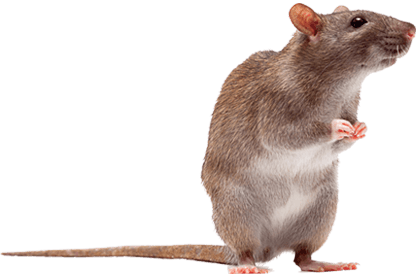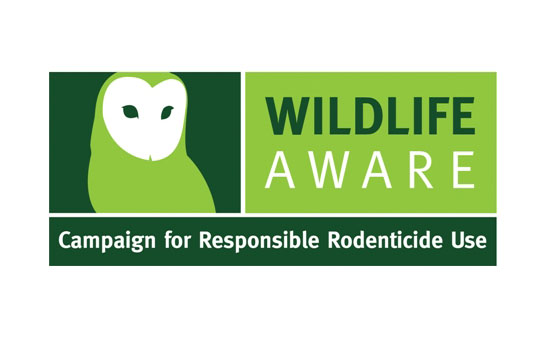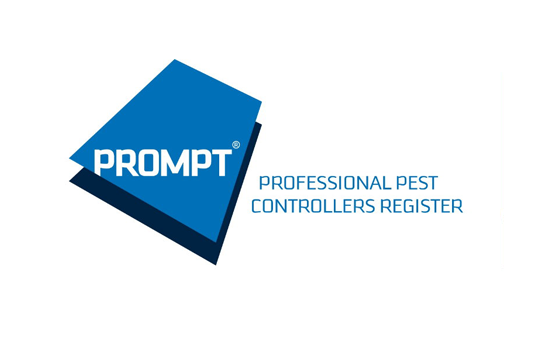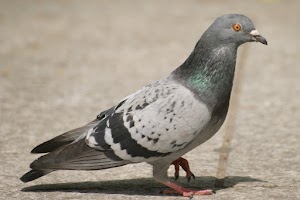Brown House Moths
How to tell if you have Brown House Moths 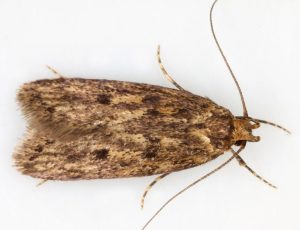
- White Shouldered House Moth has mottled wings with a white head and “shoulders” where the wings join the body. Eggs are attached to fabric on which grubs will feed. The larvae are creamy-white caterpillars with brown heads.
- Brown in colour with three or four darker spots.
- The general appearance is fairly constant but the species does show a large size variation, with a wingspan between 16 and 26 mm.
- The larvae feed on detritus and other material that accumulates indoors behind skirting boards and other similar places.
Lifecycle & habits
- Normally one generation per year.
- Larvae may wander considerable distances prior to pupation.
- Generally regarded as a scavenger.
Upon identifying an infestation, DO NOT tidy up any evidence just Contact Us and we will help/advise with the next step in preparing an eradication program.
The program will consist of:-
- We would start with a thorough inspection of all known and suspected spots where they might be hiding.
- Customer to try get a sample for us to identify.
- We only carry out a treatment when a confirmed infestation is present as this is the correct thing to do for many reasons, but the main one is cost savings. There is no point in paying to try and kill something that is not even present.
- Identifying the insect species causing the problem.
- We will ask you to start by removing all infested products, cleaning and vacuuming all areas to pick up any loose debris/insects
- Education explaining the life cycle and how their habits, habitat, and behavior affects the control plan.
- Treating affected areas by using safe effective control products.
- Scheduling a follow-up visit if required.
Prevention
Man-made fibres have reduced the house moth problem, but sensible precautions include scrupulous cleaning of all woollens and storing them and furs in sealed polyethene bags or closely wrapped in paper in tightly closed drawers or cupboards – preferably in a cool room.
Fold in a disc of moth repellent. Hang moth repellents in wardrobes. Before putting clothes in storage, spray them with an aerosol moth-proofer. Modern moth repellents do not all smell of naphthalene.
Clear out old birds’ nests or pieces of fabric from the loft.
Clean carpets regularly paying special attention to the edges. Spray any affected garments, fabrics, wool or carpets with a proprietary aerosol moth-proofer, especially along seams, folds and into any gaps in floors or shelves where fluff collects. Spray the underfelt (not rubberised underlays) and the carpet backing. Upholstery can be sprayed with moth-proofer or it can be fumigated by a suitably qualified contractor.
Other Methods
- Keep buildings in good physical condition to reduce entry.
- Rotate food and nonfood stock; move out oldest stock first.
- Identify species correctly.
TESTIMONIALS
Please see some recent feedback.
Book Your Free Pest Evaluation Today
Book your free, no obligation site inspection today and one of our technicians will contact you to arrange a visit to your property at a time and date that suits you. Same day service available at no additional cost. Please complete and submit the form below or call us on 0800 002 9062 and one of our agents will assist you further.
Call us today for a free, no obligation quotation on 0800 002 9062
or email us to: info@avantipestsolutions.co.uk
